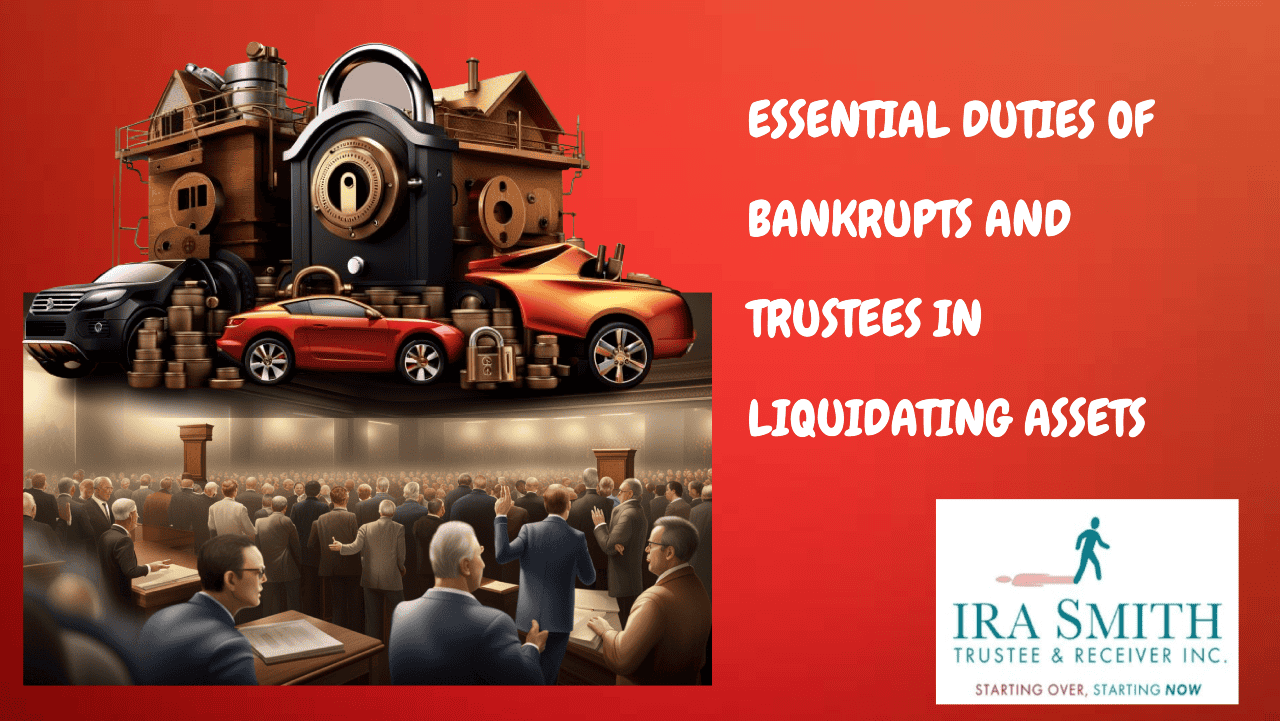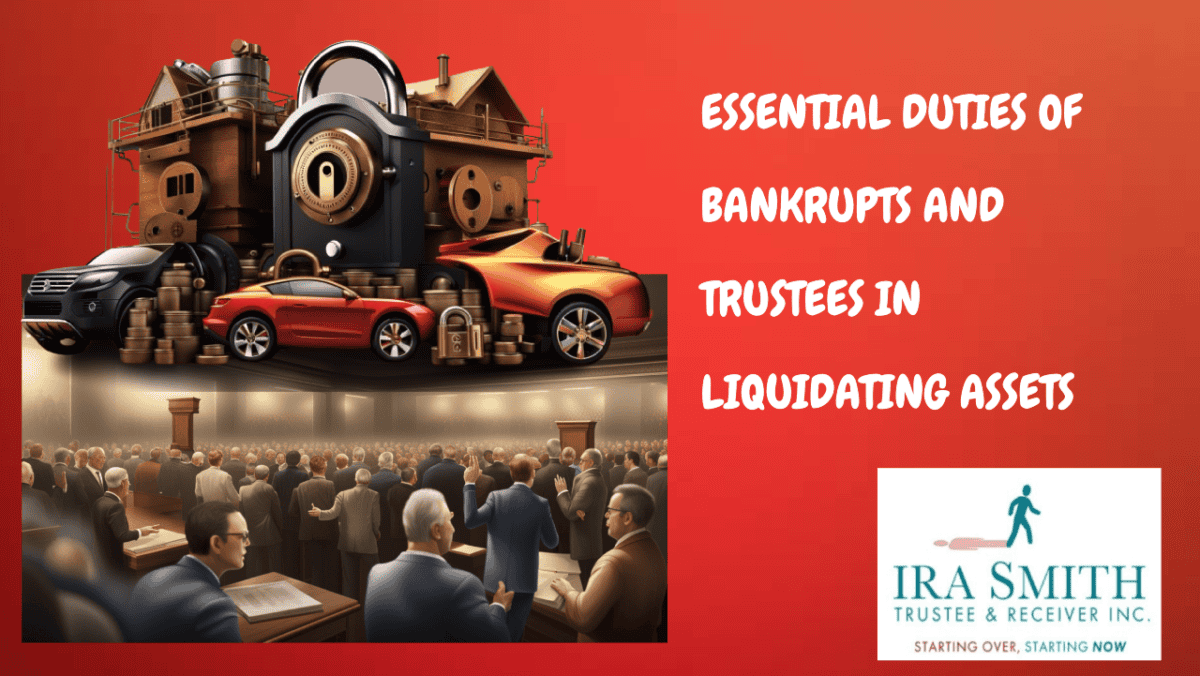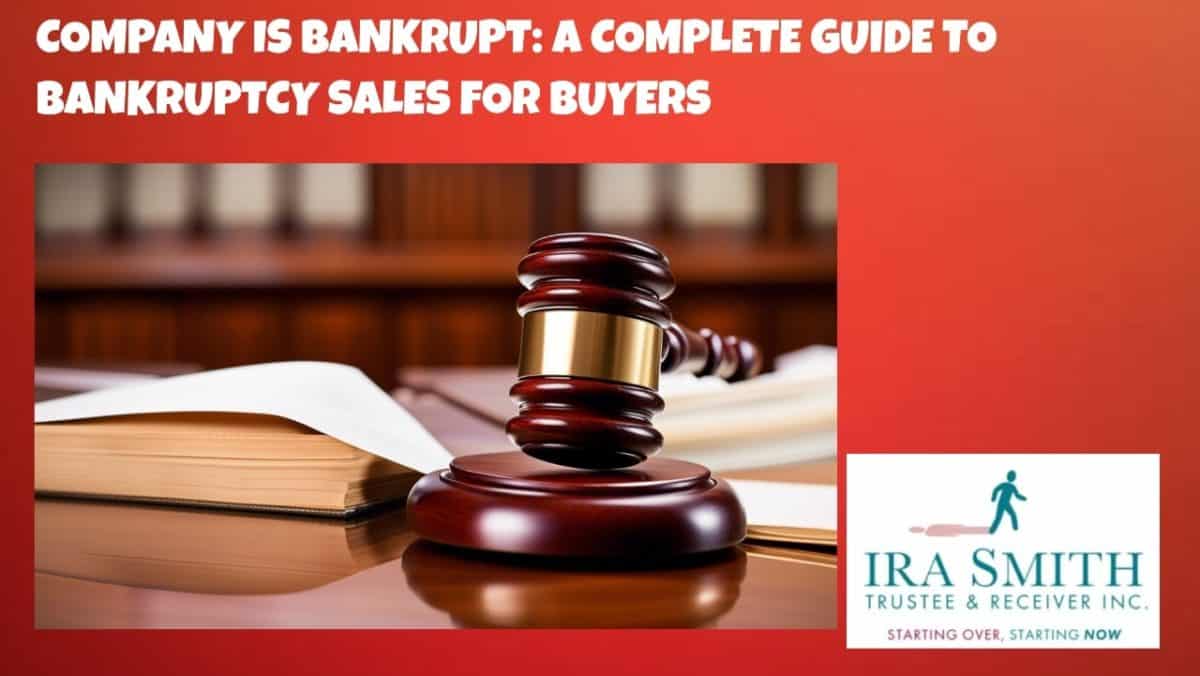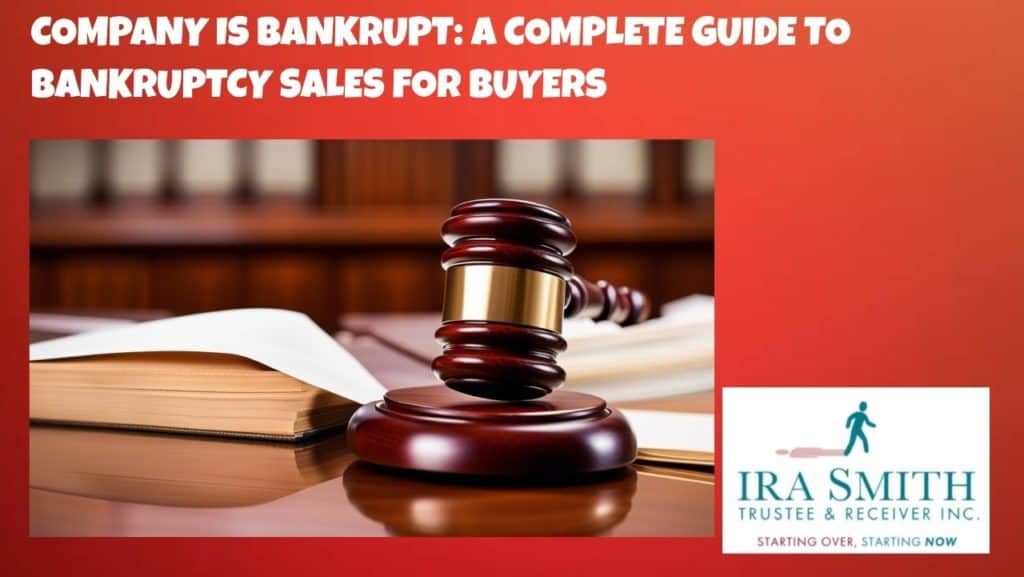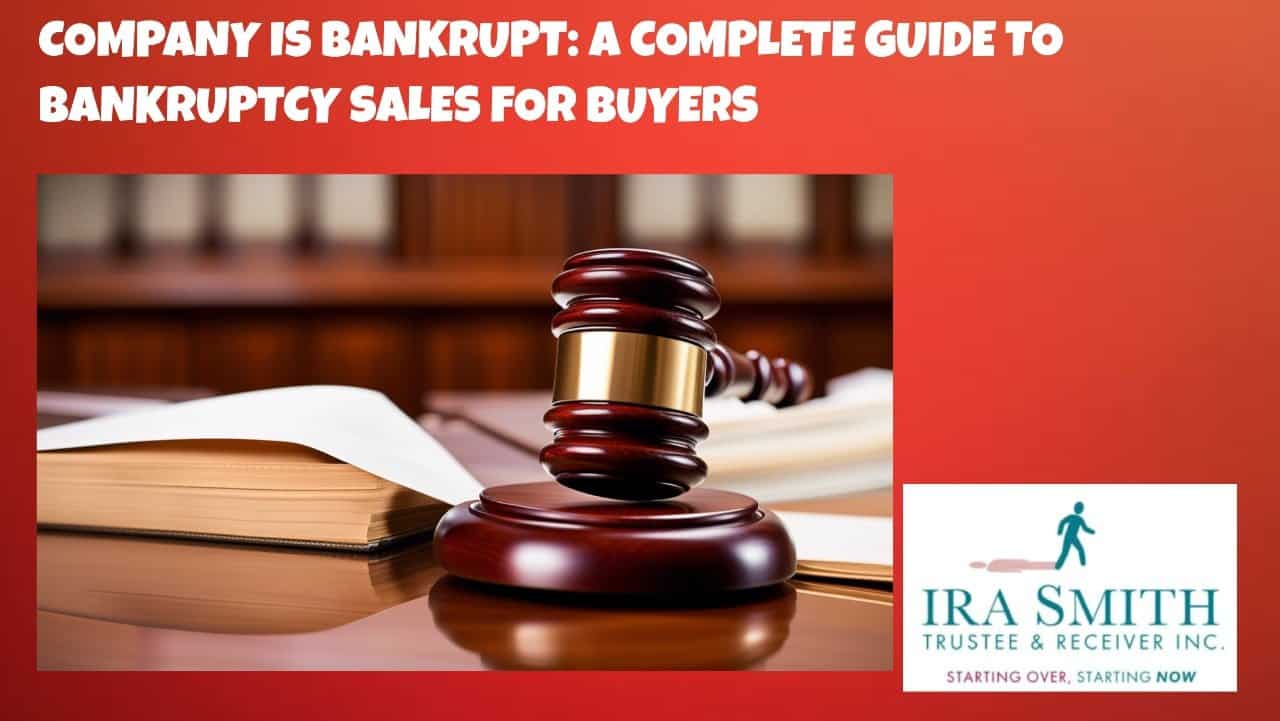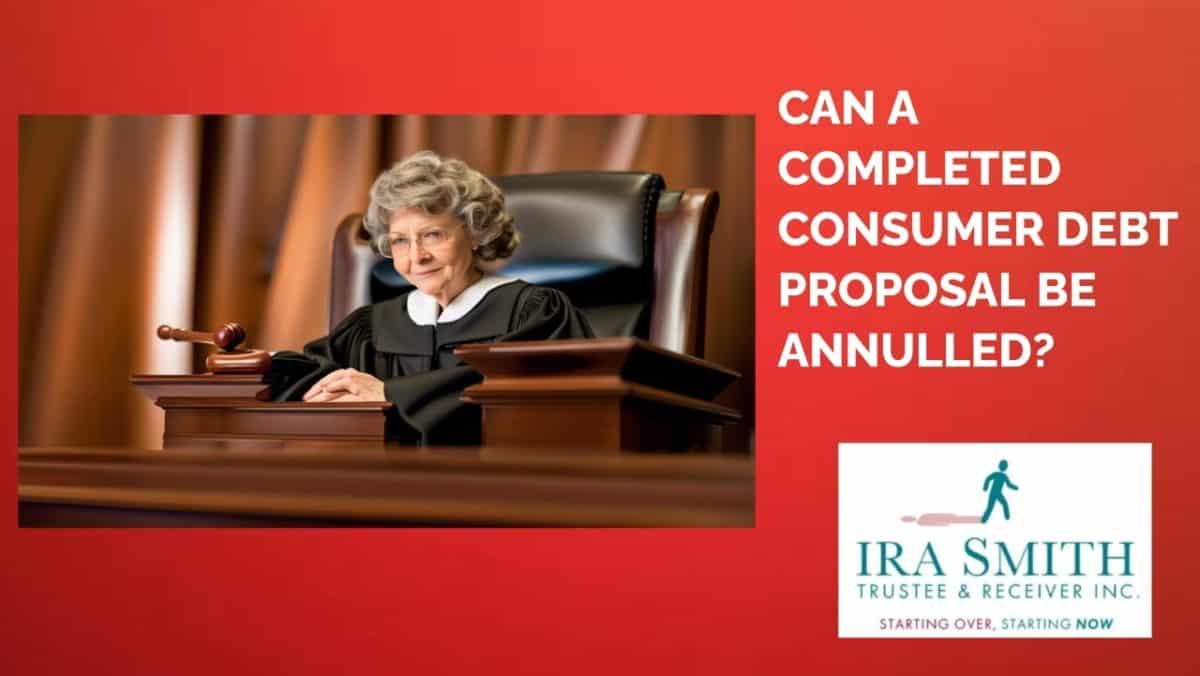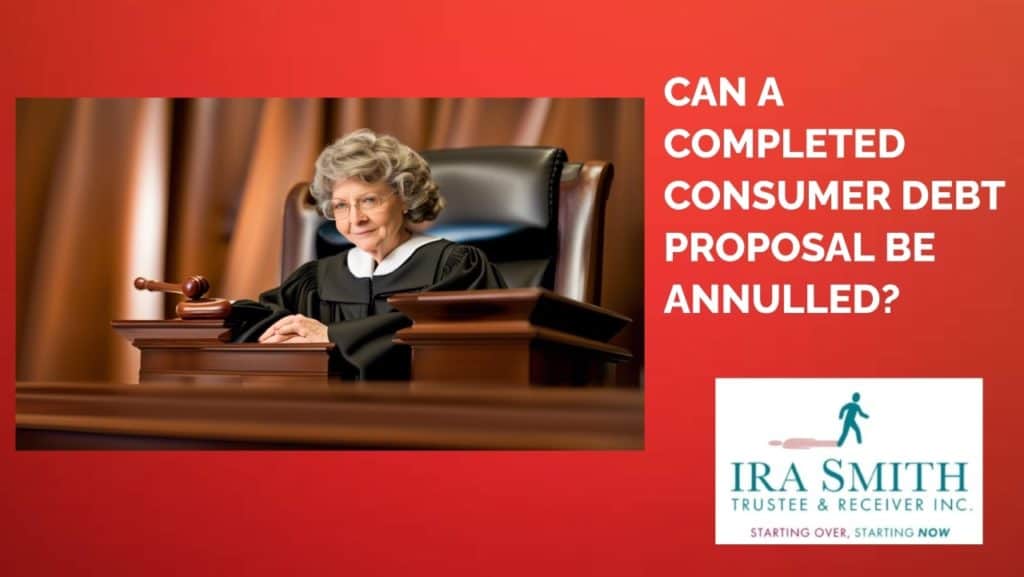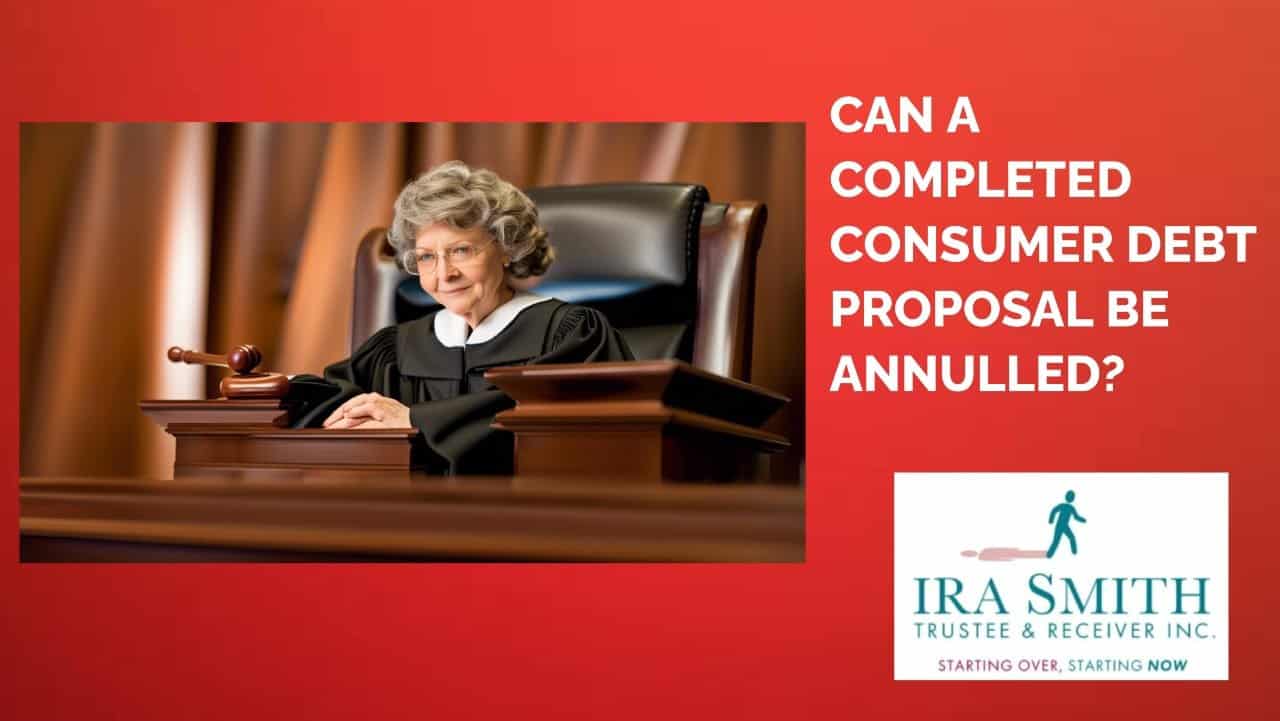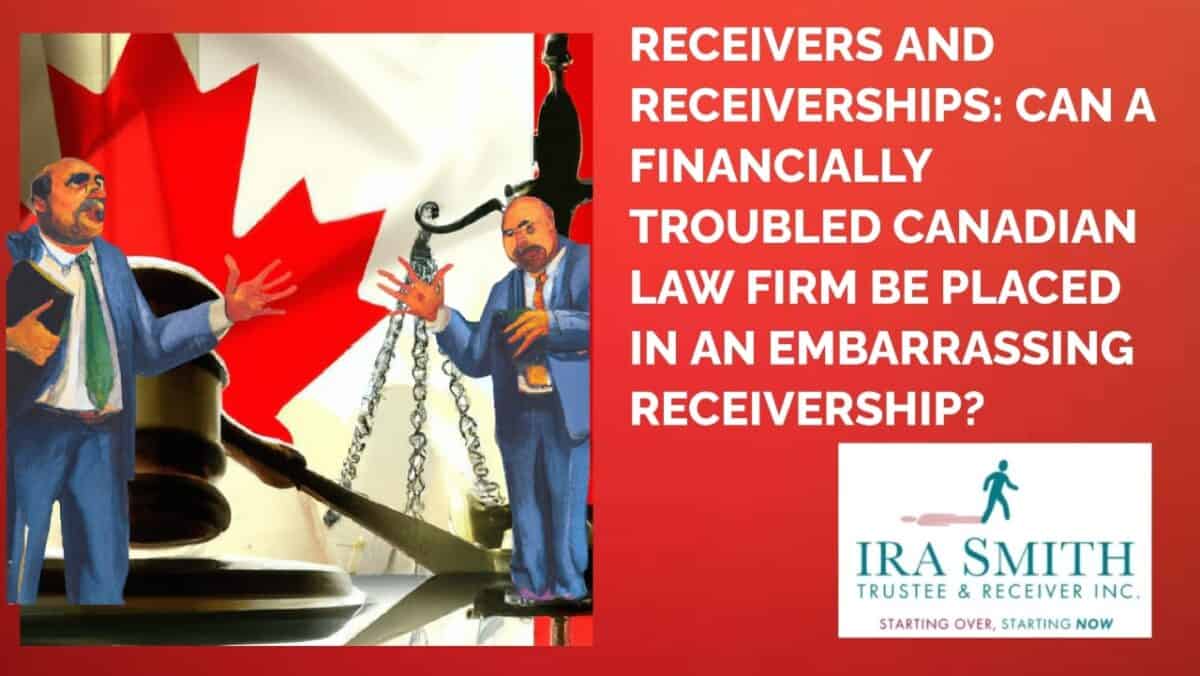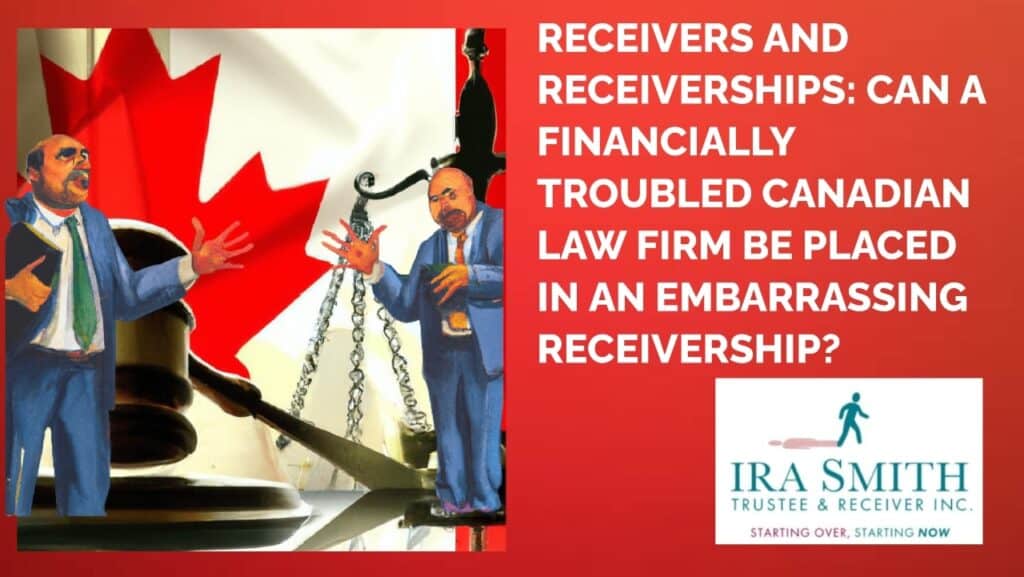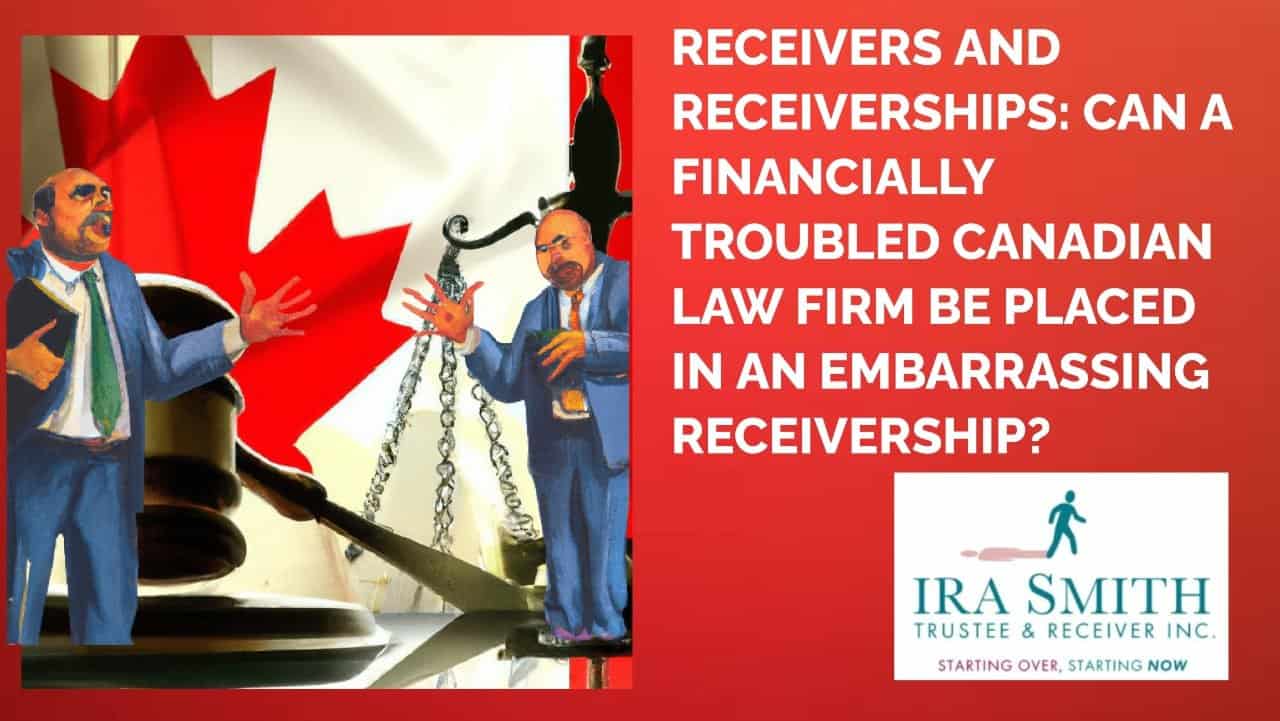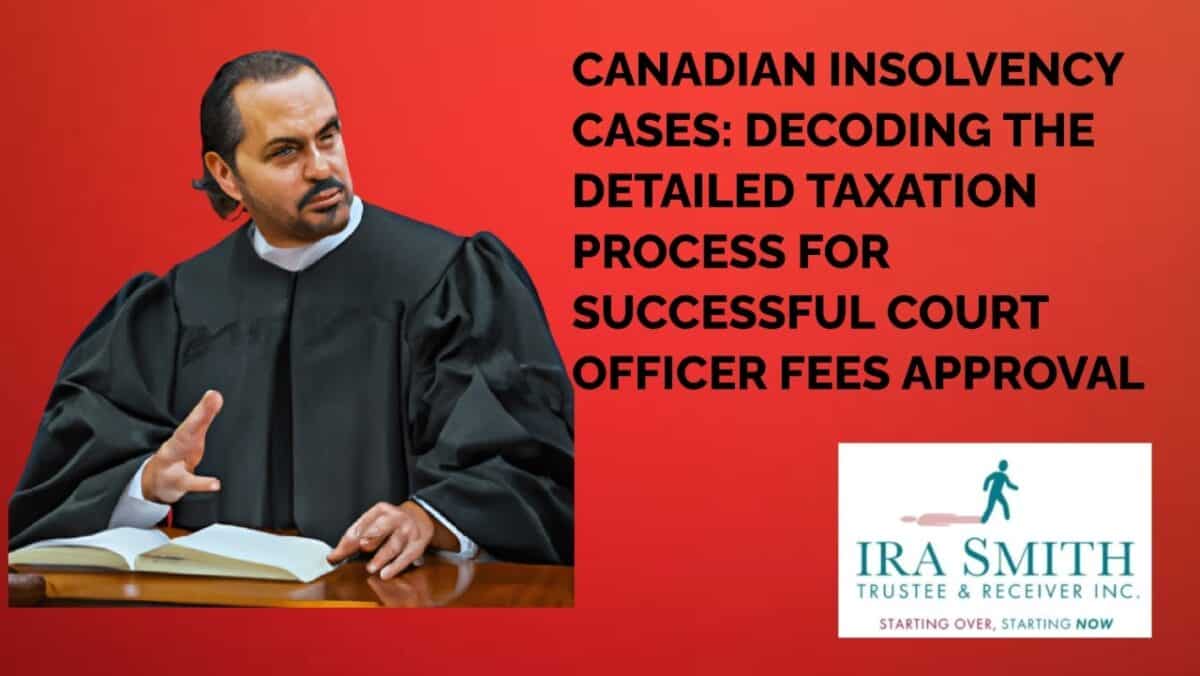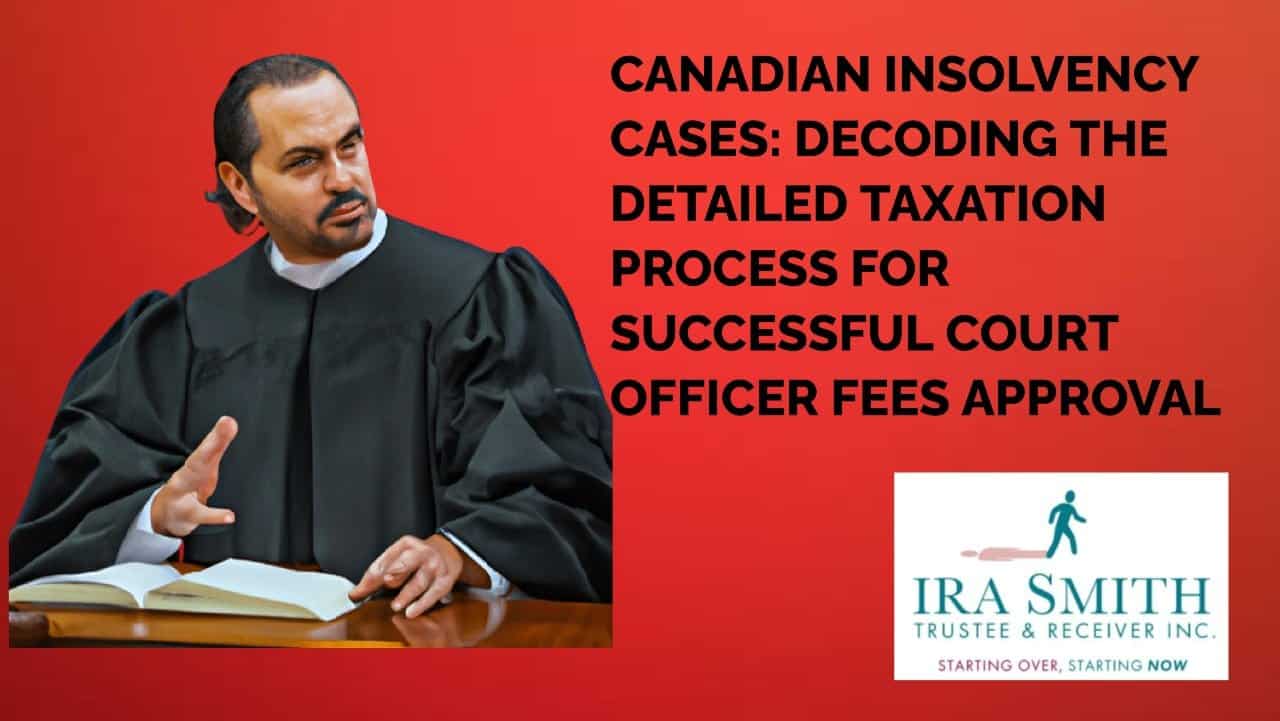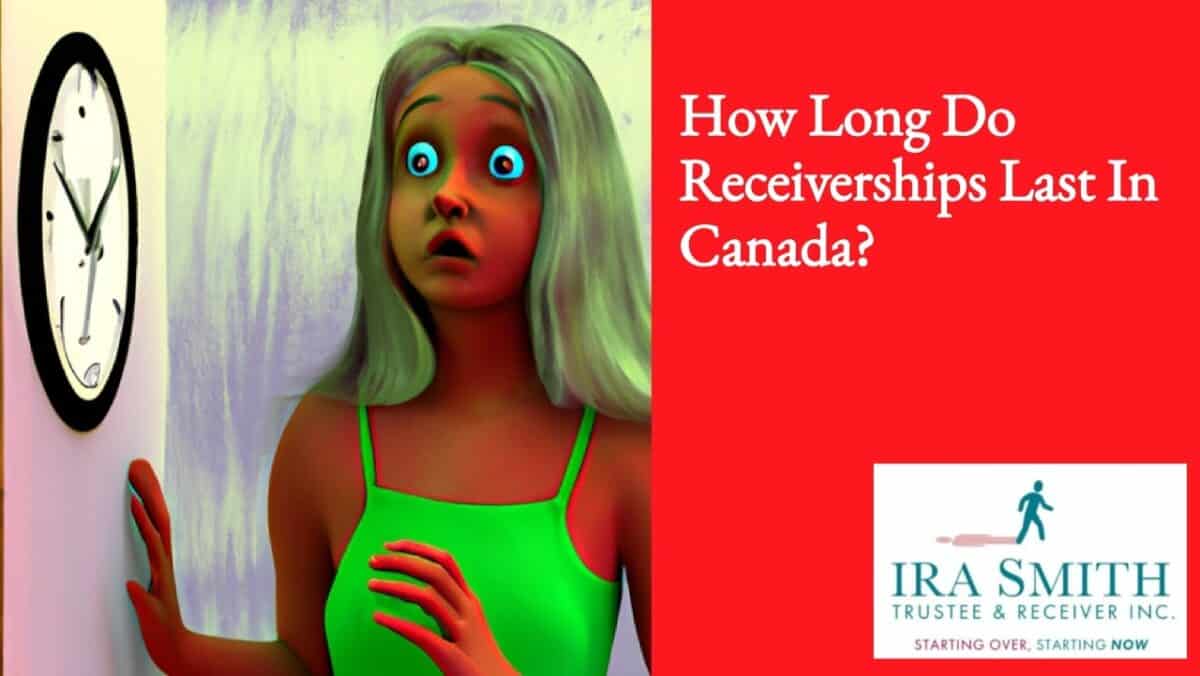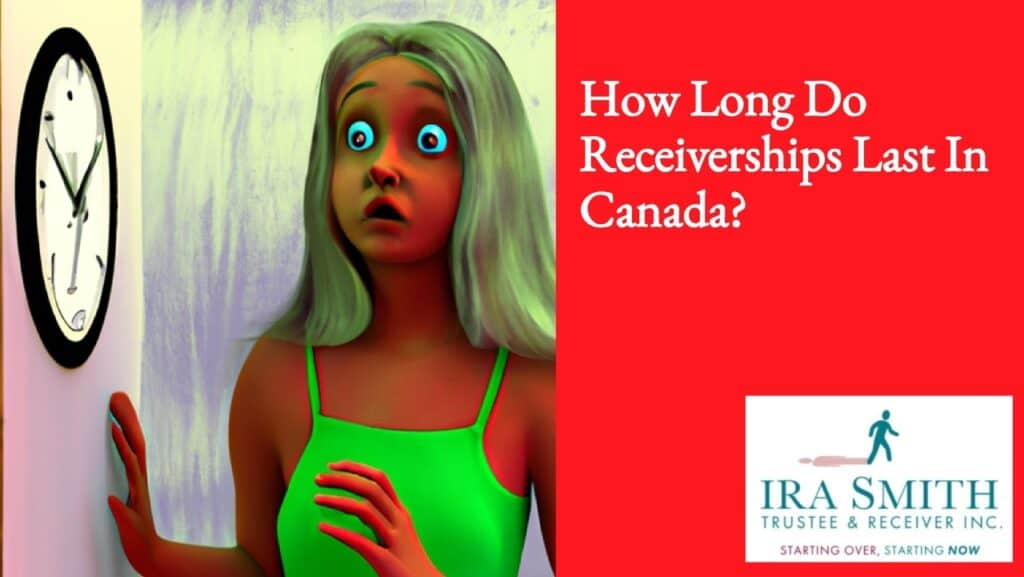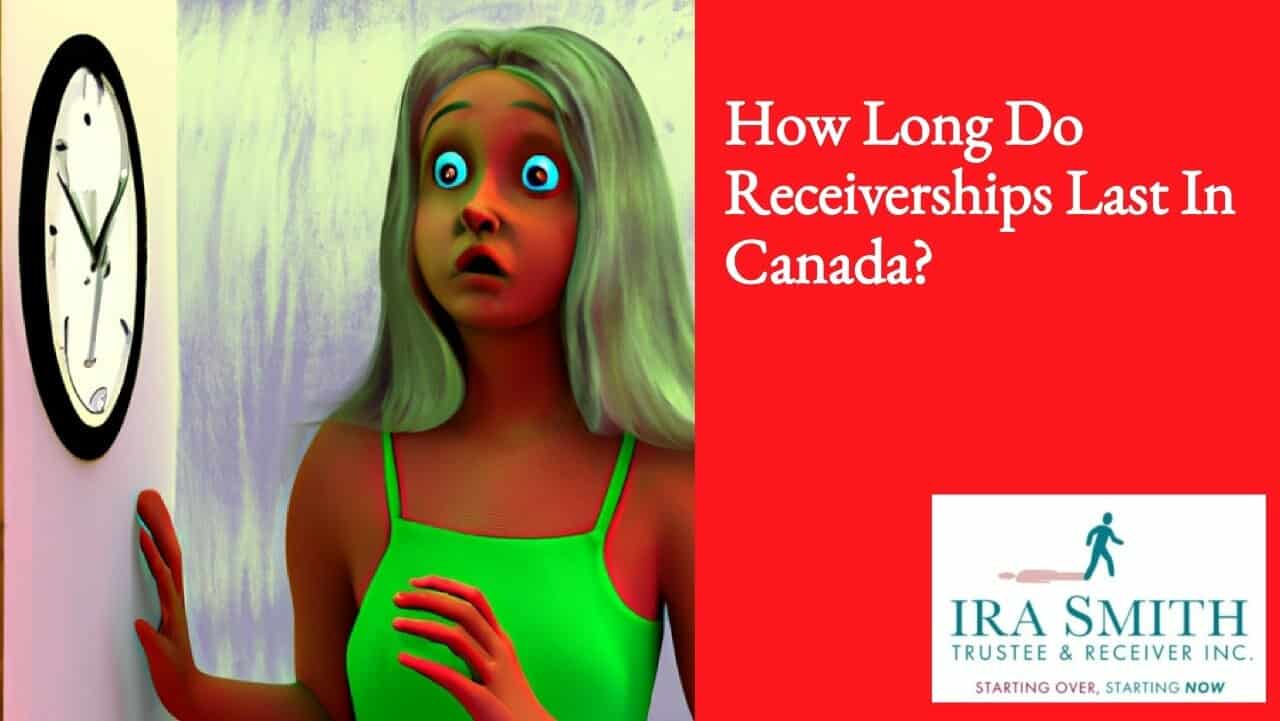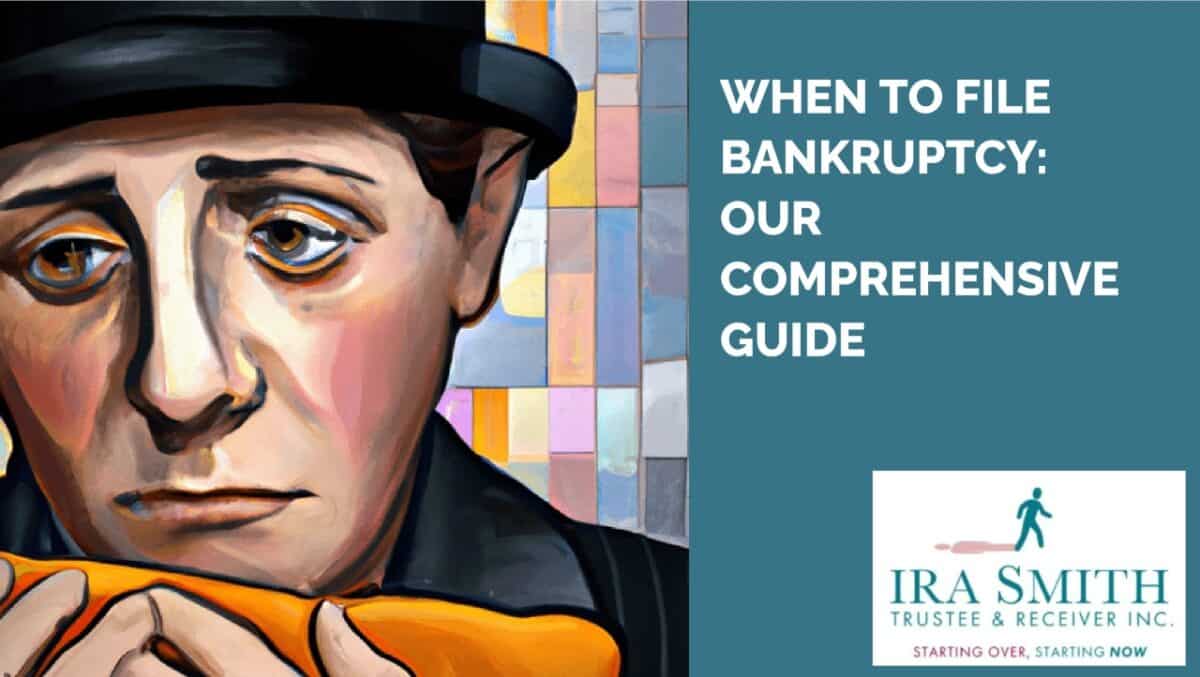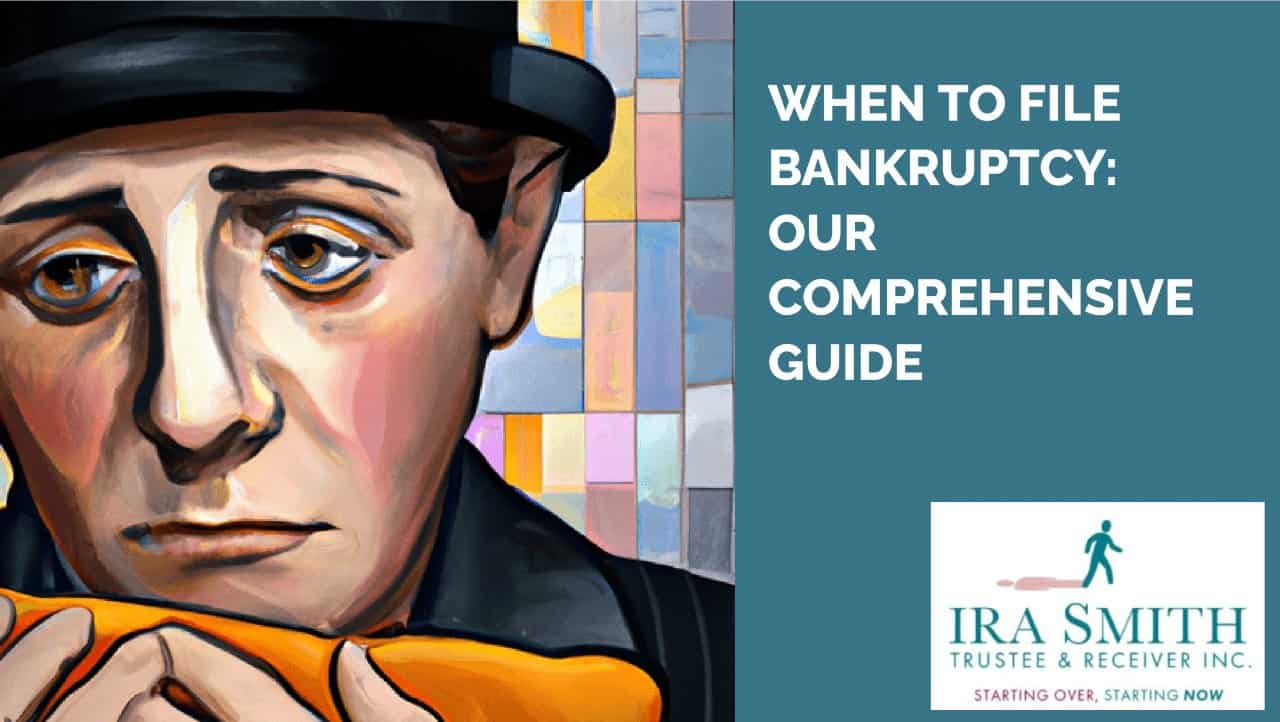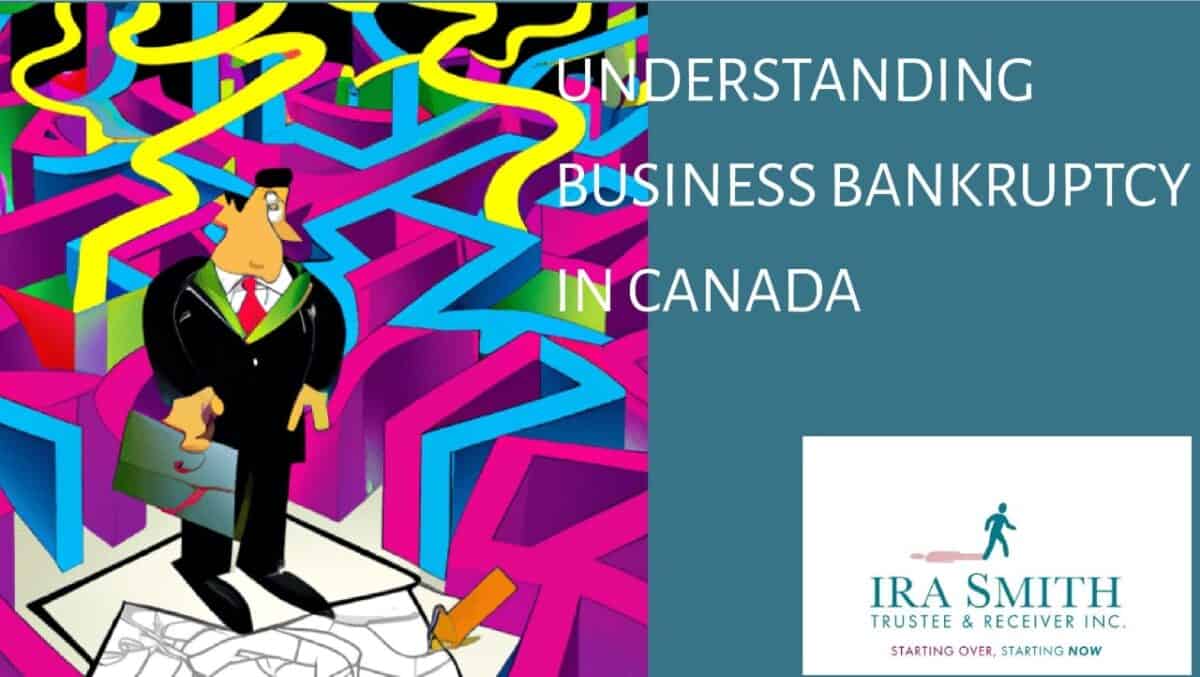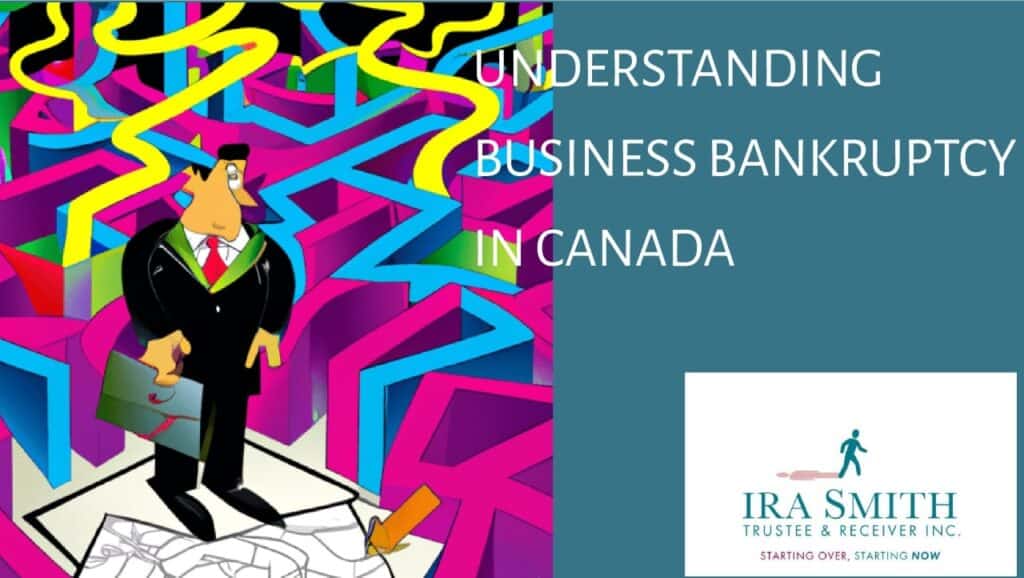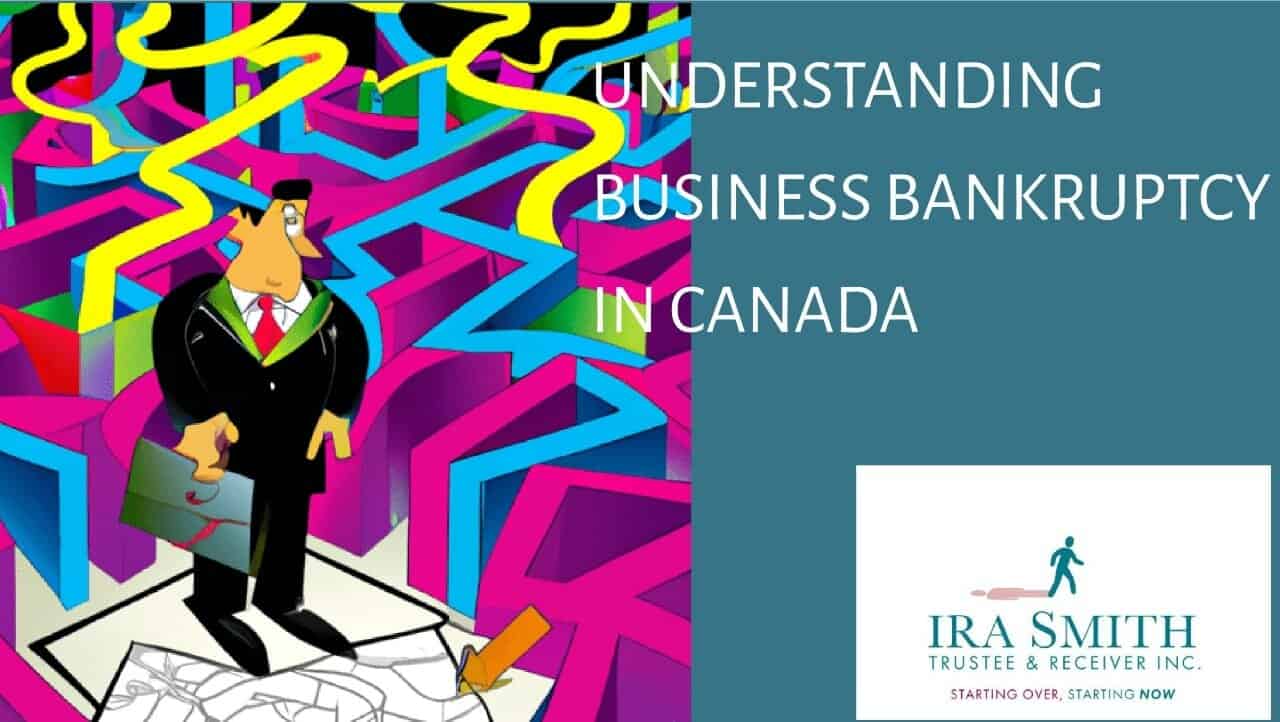Liquidating Assets: Introduction
Today I am writing about an exciting recent court decision from the Court of King’s Bench of Alberta released on July 23, 2024. This case is an appeal to the Court decided by The Honourable Justice Douglas R. Mah from the decision of the Registrar in Bankruptcy in the bankruptcy discharge hearing of Dr. Omar Ahmad Nsair. The case citation is Nsair (Re), 2024 ABKB 450.
Regular readers of my Brandon’s Blog will recall that last week I wrote about the bankruptcy discharge hearing of Ontario’s self-proclaimed Crypto King in LESSONS FROM THE AIDEN PLETERSKI BANKRUPTCY: OUR COMPREHENSIVE GUIDE ON A “CRYPTO KING” BANKRUPTCY DISCHARGE.
That blog dealt with Aiden Pleterski’s failed application for discharge from bankruptcy. One of the various reasons his discharge application failed was, amongst other things, his total lack of cooperation with their licensed insolvency trustee for the identification and liquidation of his non-exempt assets.
Dr. Omar Ahmad Nsair’s case answers the following question: How much assistance does the bankrupt need to give the licensed insolvency trustee? Dr. Nsair filed a voluntary assignment in bankruptcy. His case underscores the challenges of balancing statutory duties with practical limitations in asset realization, offering valuable insights into the intricacies of bankruptcy proceedings.
First I will provide an overview of the role and responsibilities of a receiver or bankruptcy trustee in liquidating assets. Then I will delve into the details of Dr. Nsair’s personal bankruptcy, where a compelling narrative unfolds, shedding light on the complexities of asset realization and statutory duties in the face of economic uncertainties. Join me on this legal journey as we dissect the nuances of bankruptcy proceedings and the implications for all parties involved.
Liquidating Assets: The Bankruptcy and Insolvency Act of Canada
Overview of the Bankruptcy and Insolvency Act Relating To Liquidating Assets
The Canadian Bankruptcy and Insolvency Act (BIA) is a federal statute that plays a crucial role in liquidating assets in both receivership and bankruptcy scenarios. Here are some key aspects of the BIA’s importance in this context:
- Priorities: The BIA sets out the order of priority for the distribution of assets in receivership or bankruptcy. This ensures that certain creditors, such as secured creditors, are paid first, followed by unsecured creditors.
- Stay of Proceedings: The BIA provides for a stay of proceedings, which prevents creditors from taking legal action against the debtor or its assets during the receivership or bankruptcy process. This stay allows for a more orderly way of liquidating assets.
- Powers of the Receiver or Trustee: The BIA grants the receiver or trustee extensive powers to manage and liquidate the insolvent debtor’s assets. This includes the power to sell assets, collect debts, and manage the debtor’s business.
- Asset Protection: The BIA provides for the protection of certain assets, such as exempt property, which are not available to creditors. This ensures that debtors have some protection for essential assets, such as their primary residence.
- Notice and Disclosure: The BIA requires the receiver or trustee to provide notice to creditors and other interested parties of the liquidation process. This ensures that all parties are aware of the process and have an opportunity to participate.
- Liquidating Assets Process: The BIA sets out the procedures for liquidating assets, including the requirement for a public auction or sale of assets. This ensures that assets are sold fairly and transparently.
- Distribution of Proceeds: The BIA sets out the rules for distributing the proceeds of liquidating assets, including the priority of payments to creditors. This ensures that creditors are paid in the correct order.
- Avoidance Powers: The BIA grants the licensed insolvency trustee acting as receiver or bankruptcy trustee avoidance powers, which allow them to recover assets that were transferred or sold by the insolvent debtor for less than their fair value. This ensures that creditors receive a fair return on their investment.
- Reporting Requirements: The BIA requires the receiver or trustee to provide regular reports to the court and creditors, which ensures transparency and accountability in liquidating assets.
- Court Supervision: The BIA provides for court supervision of the liquidation process, which ensures that the receiver or trustee is following the law and that the process is fair and orderly.
In summary, the Canadian Bankruptcy and Insolvency Act plays a critical role in liquidating assets in both receivership and bankruptcy scenarios by providing a framework for the process, protecting creditors’ interests, and ensuring transparency and accountability.
Purpose of liquidating assets in bankruptcy
The primary purpose of liquidating assets in bankruptcy is to:
- Distribute the proceeds to creditors: The goal is to collect as much money as possible from the sale of assets and distribute it among creditors, including secured and unsecured creditors, under the priority of claims.
- Pay off debts: Liquidating assets helps to pay off the debts of the bankrupt individual or business, allowing them to discharge their obligations and start fresh.
- Provide a fresh start: By liquidating assets and paying off debts, the bankrupt individual or business can obtain a fresh start, free from the burden of debt and the stigma of bankruptcy.
- Prevent asset stripping: Liquidating assets helps to prevent asset stripping, where creditors or other parties attempt to remove or sell assets for personal gain, leaving the bankrupt individual or business with little or no assets.
- Ensure Equity: Liquidating assets guarantees that all creditors receive fair and equitable treatment, as the proceeds are allocated following the established priority of claims.
- Provide a mechanism for debt forgiveness: In some cases, liquidating assets can provide a mechanism for debt forgiveness, where debts are written off or reduced due to the lack of assets or the inability to recover them.
- Facilitate business restructuring: In the case of a business bankruptcy, liquidating assets can facilitate restructuring and reorganization, allowing the business to continue operating and creating jobs.
- Protect the public interest: Liquidating assets helps to protect the public interest by ensuring that the assets of the bankrupt individual or business are not used to perpetuate fraud or other illegal activities.
- Provide a mechanism for asset recovery: Liquidating assets provides a mechanism for asset recovery, where assets that were transferred or hidden by the bankrupt individual or business can be recovered and distributed among creditors.
- Ensure compliance with bankruptcy laws: Liquidating assets ensures compliance with bankruptcy laws and regulations, which helps to maintain public confidence in the bankruptcy system.
Overall, the purpose of liquidating assets in bankruptcy is to achieve a fair and orderly distribution of assets among creditors, while providing a fresh start for the bankrupt individual or business.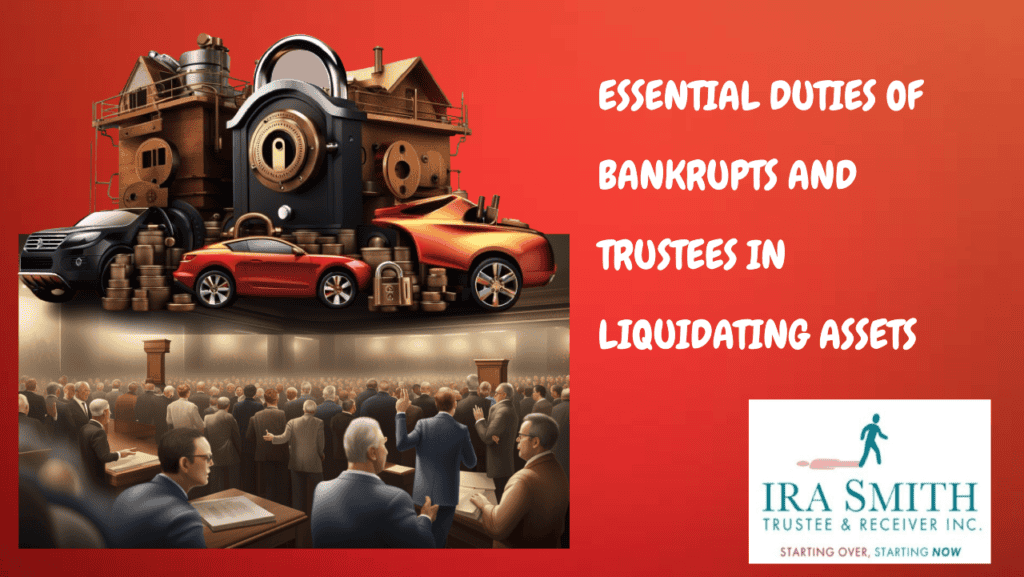
Liquidating Assets: Role of a Trustee in Liquidation
Duties and Responsibilities of a Trustee
As a licensed insolvency trustee, my duties and responsibilities include:
- To act as a fiduciary: The licensed trustee must act in the best interests of the bankrupt individual or business, and not in their interests.
- To take possession of assets: The trustee must take possession of the assets of the bankrupt individual or business, including real estate, inventory, equipment, and other assets.
- To inventory and value assets: The trustee must conduct an inventory of the assets and determine their value.
- To determine the priority of claims: The trustee must determine the priority of claims against the assets, including secured and unsecured creditors.
- To sell or dispose of assets: The trustee must sell or dispose of assets in a fair and orderly manner, often through public auction or private sale.
- To distribute proceeds: The trustee must distribute the proceeds from the sale of assets among creditors, following the priority of claims.
- To manage the liquidation process: The trustee must manage the liquidation process, including hiring professionals, such as appraisers and auctioneers, and negotiating with creditors.
- Regular reporting: The licensed trustee is required to furnish regular reports and updates to the court, creditors, and other stakeholders regarding the progress of the liquidation process.
- To ensure compliance with laws and regulations: The trustee must ensure compliance with bankruptcy laws and regulations, as well as any applicable provincial or territorial laws.
- To represent the bankrupt: The trustee represents the bankrupt individual or business when liquidating assets, including negotiating with creditors and making decisions about the sale of assets. The Trustee must do so as a prudent person, but at the same time, is representing and looking out for the rights of the unsecured creditors.
- To provide a fresh start: The trustee’s role is to help the bankrupt individual or business obtain a fresh start, by liquidating assets and distributing the proceeds fairly and equitably among creditors.
- To maintain confidentiality: The trustee must maintain confidentiality regarding the affairs of the bankrupt individual or business.
- To act impartially: The licensed trustee must act impartially and without bias in the process of liquidating assets.
- To provide a fair and orderly liquidation: The trustee must provide a fair and orderly process when liquidating assets, taking into account the interests of all stakeholders.
- To ensure transparency: The trustee must ensure transparency in the liquidation process, providing regular updates and reports to stakeholders.
These duties and responsibilities are outlined in the BIA and the Bankruptcy Rules and are subject to the supervision of the court.
Trustee’s role in asset valuation and sale
The LIT plays a crucial role in the valuation and sale of assets in receivership or bankruptcy. Here are some key responsibilities:
- Asset Identification: The licensed trustee is responsible for identifying all assets of the bankrupt or receiver, including real estate, inventory, equipment, vehicles, and other tangible and intangible assets.
- Asset Valuation: The LIT must determine the fair market value of each asset, which may involve hiring appraisers, conducting auctions, or negotiating sales with potential buyers. The goal is to ensure that the assets are valued accurately and fairly.
- Asset Classification: The licensed trustee must categorize assets into different classes, such as:
- Preserved assets: Those that are essential to the business or have significant value and should be preserved for the benefit of creditors.
- Realizable assets: Those that can be sold or liquidated to generate cash for creditors.
- Non-realizable assets: Those that have little or no value and may be abandoned or written off.
- Asset Sale and Liquidation of assets: The Trustee is tasked with the responsibility of conducting asset sales for liquidating assets in a timely and efficient manner, to maximize returns for creditors. This process may include:
- Auctions: The LIT may conduct public or private auctions to sell assets to the highest bidder.
- Negotiated sales: The LIT may negotiate sales with potential buyers, taking into account the asset’s value, market conditions, and the needs of creditors.
- Private sales: The LIT may sell assets privately, often to a specific buyer or group of buyers.
- Asset Disposition: The LIT must ensure that assets are disposed of under the BIA and for large debtor companies, the Companies’ Creditors Arrangement Act (CCAA), as well as any applicable provincial or territorial laws.
- Reporting and Disclosure: The LIT must provide regular reports to the court, creditors, and other stakeholders on the valuation, sale, and disposition of assets, as well as any issues or challenges that arise during the process.
- Compliance with Court Orders: The LIT must comply with any court orders or directions regarding the valuation and sale of assets, including any restrictions or limitations imposed by the court.
Throughout the process, the licensed trusteeNsair’s must maintain transparency, accountability, and fairness, ensuring that the valuation and sale of assets are conducted in a manner that is in the best interests of all stakeholders, including creditors, the bankrupt or receiver, and other parties involved.
Now that we have gone over the basics of the liquidation of assets in a receivership or bankruptcy context, it is time to focus on the specifics of Dr. Nsair’s personal bankruptcy case.
Significance of ATB Financial as a Major Secured Creditor Turned Unsecured Creditor
ATB Financial’s role as a major creditor in Dr. Nsair’s bankruptcy proceedings cannot be understated. With substantial sums at stake and implications for the overall outcome of the proceedings, the actions and decisions of ATB Financial carry significant weight in determining the resolution of the case.
In reading the Judge’s Decision, it is obvious that ATB was fuming at their loss and that the Registrar decided that Dr. Nsair fully cooperated with the Trustee and deserved an absolute discharge. It is ATB Financial that appealed the Registrar’s ruling.
Liquidating Assets: Key Details and Contention Points
The valuation disagreements surrounding these condominium units added a layer of complexity to the situation, with various parties presenting differing estimates of their worth. Marketability challenges further compounded the issue, as the aftermath of the 2020 Beirut explosion cast a shadow of uncertainty over the realizable value of these properties.
Exploring the stalemate in asset realization, it became evident that the conflicting perspectives on the condos’ marketability hindered progress in the bankruptcy process. Despite efforts to assess their sale feasibility, the uncertainty surrounding their actual value created a deadlock, impeding any meaningful progress toward creditor benefit.
As a result, the Trustee decided that it could not take the risk of attempting to sell the condominium units. The Trustee wrote to all the creditors advising them of the situation and that it was not going to take any action concerning the condominium assets. The Trustee further advised the creditors that if they wished to, they could seek the Court’s permission under section 38(1) of the BIA to take on the action of selling the condos in their name. No creditors, including ATB Financial, moved on this option.
Liquidating Assets: Introduction to Dr. Nsair’s Bankruptcy Case
As I delve into the intricate details of Dr. Nsair’s bankruptcy case, it’s essential to provide a comprehensive overview of the background and the key players involved. The case of Dr. Nsair, a dentist facing challenging financial circumstances, unfolds with significant legal implications and complexities.
Dr. Nsair’s bankruptcy situation is a focal point of this case, highlighting the struggles and obligations under the BIA of an insolvent person. The involvement of ATB Financial as a major secured creditor suffering a shortfall, adds a layer of significance to the proceedings. Approximately $1.9 million was still owed after a receivership related to dental clinics operated by Dr. Nsair and his brother. Dr. Nsair’s financial difficulties continued as he guaranteed the ATB Financial debt.
However, the argument that ATB Financial put forward for their opposition to Dr. Nsair’s bankruptcy discharge leading to the appeal of the Registrar’s ruling was they felt the bankrupt did not cooperate with the Trustee enough. ATB Financial could not articulate what else the bankrupt should have done. Just that he should have done not only more, but more than what the Trustee or ATB Financial had done.
The result of all this would be that if Dr. Nsair’s discharge from bankruptcy was upheld, then the Trustee would finish the file and obtain its discharge. The BIA states that if there is unrealized property when the Trustee gets its discharge, then subject to any further directive from the Court, the unrealized property goes back to the discharged bankrupt. That got ATB Financial’s juices flowing!
Liquidating Assets: The Registrar’s Decision and Legal Interpretations
Upon assessing Dr. Nsair’s obligations and actions in the context of his bankruptcy case, it became evident that he faced many challenges. From the looming shadow of ATB Financial, a significant now unsecured creditor seeking approximately $1.9 million, to the uncertainties surrounding the commercial condominium units in Beirut, Lebanon, owned by Dr. Nsair, the stakes were undeniably high.
The Court of King’s Bench of Alberta, in its scrutiny of Dr. Nsair’s case, highlighted the delicate balance between statutory duties and the financial condition of the parties involved. It underscored the need for a nuanced approach that considers the economic uncertainties and practical limitations inherent in such proceedings.
Section 158(k) of the BIA reads as follows:
Despite the challenges faced by the Trustee and creditors, the Registrar’s decision shed light on the complexities of the situation. By delving into the legal interpretations surrounding section 158(k) of the BIA and Dr. Nsair’s obligations, the decision provided clarity on the expectations placed on individuals in bankruptcy scenarios. It emphasized the importance of aligning actions with the objectives of the Bankruptcy and Insolvency Act while acknowledging the constraints faced by all parties.
Through this lens, the Registrar’s decision not only addressed the immediate concerns raised by ATB Financial but also set a precedent for future cases involving asset realization and creditors’ benefits. It highlighted the need for a pragmatic approach that considers the practicalities of the situation while upholding the principles of fairness and justice.
Liquidating Assets: Court Ruling and Implications
One of the pivotal aspects under scrutiny was Dr. Nsair’s obligation, as outlined in section 158(k) of the BIA, to facilitate the realization of his assets for the benefit of creditors. The focal point emerged around three commercial condominium units in Beirut, Lebanon, owned by Dr. Nsair. These properties, impacted by the 2020 Beirut explosion, sparked valuation disputes, with estimates varying widely. Dr. Nsair declared the asset on his sworn Statement of Affairs and provided the Trustee with complete information about them and their legal status.
The Registrar’s ruling centred on interpreting section 158(k) and assessing Dr. Nsair’s compliance with aiding in asset realization. While ATB Financial advocated for stringent measures due to perceived inaction on Dr. Nsair’s part, they could not state what else Dr. Nsair should have done. The Registrar’s decision favoured a nuanced approach. It emphasized the practical limitations and reasonable expectations aligned with the BIA’s objectives, highlighting the complexities of balancing statutory duties with economic uncertainties.
Ultimately, the Court upheld the Registrar’s decision, emphasizing that Dr. Nsair did not breach section 158(k) by refraining from actions beyond his or the Trustee’s capacity. The directive the Court can give when the Trustee seeks its discharge, if any before condos were to revert to Dr. Nsair underscores the importance of a fair evaluation of asset realization potential for the benefit of creditors.
This case underscores the intricate dynamics of bankruptcy proceedings, showcasing the delicate balance between legal obligations, practical constraints, and economic realities. It serves as a testament to the challenges inherent in navigating asset realization in bankruptcy cases, emphasizing the need for a judicious approach that considers all stakeholders’ interests.
Liquidating Assets: Lessons Learned
As I reflect on the intricate details of the bankruptcy legal process, one key aspect that stands out is the delicate balance between statutory duties and practical limitations. The case of Dr. Nsair’s bankruptcy journey shed light on the complexities involved in asset realization and the legal interpretations surrounding it.
Throughout Dr. Nsair’s legal battle, it became evident that navigating the intricacies of the BIA requires a deep understanding of one’s statutory duties while also acknowledging the practical constraints that may hinder swift resolutions. The case exemplified the challenges faced by individuals like Dr. Nsair in fulfilling their obligations to aid in asset realization for creditors’ benefits.
One of the key takeaways from Dr. Nsair’s legal ordeal is the importance of maintaining a clear line of communication and collaboration between all parties involved, including creditors, trustees, and the Court. By aligning expectations and working towards a common goal, the process of asset realization can be streamlined, ensuring a fair and equitable outcome for all stakeholders.
Liquidating Assets: FAQ
- What is the role of a receiver in a receivership case?
A receiver is appointed either privately or by the court to take possession of and liquidate the assets under receivership to satisfy the obligations owed to secured creditors.
- How does financial restructuring differ from bankruptcy in Canada?
Financial restructuring involves negotiating more sustainable debt terms with creditors and taking steps towards financial sustainability under court supervision, to preserve the business as a going concern. Bankruptcy, on the other hand, involves liquidating assets of the insolvent business and distributing the proceeds to unsecured creditors.
- What are the key functions of insolvency laws like the BIA in Canada?
Insolvency laws like the BIA provide frameworks and processes to help minimize the impact of business insolvency on stakeholders, make the best of a bad situation, and ensure that assets of failed businesses are returned to the economy for productive purposes.
- What options does an insolvent firm have under the BIA in Canada?
An insolvent firm in Canada can opt for bankruptcy to liquidate its assets and distribute proceeds to creditors, or work with creditors to restructure their debt and continue as a going concern through commercial proposal proceedings. If the firm requires an immediate stay of proceedings, it can first file a Notice of Intention To Make a Proposal. The firm may also require interim financing otherwise called DIP financing to work through the proposal process.
- How does bankruptcy liquidation contribute to marketplace dynamics in Canada?
Bankruptcy liquidation helps ensure that assets of failed businesses are returned to the economy for productive purposes, contributing to marketplace dynamics and minimizing the impact of business insolvency on stakeholders.
Liquidating Assets: Conclusion
Dr. Nsair’s bankruptcy case underscores the challenges of balancing statutory duties with practical limitations in asset realization, offering valuable insights into the intricacies of bankruptcy proceedings.
I hope you enjoyed this liquidating assets Brandon’s Blog. Do you or your company have too much debt? Are you or your company in need of financial restructuring? The financial restructuring process is complex. The Ira Smith Team understands how to do a complex restructuring. However, more importantly, we understand the needs of the entrepreneur or someone with too much personal debt.
You are worried because you are facing significant financial challenges. It is not your fault that you are in this situation. You have been only shown the old ways that do not work anymore. The Ira Smith Team uses new modern ways to get you out of your debt troubles while avoiding bankruptcy. We can get you debt relief freedom.
The stress placed upon you is huge. We understand your pain points. We look at your entire situation and devise a strategy that is as unique as you and your problems; financial and emotional. The way we take the load off of your shoulders and devise a plan, we know that we can help you.
We know that people facing financial problems need a realistic lifeline. There is no “one solution fits all” approach with the Ira Smith Team.
That is why we can develop a restructuring process as unique as the financial problems and pain you are facing. If any of this sounds familiar to you and you are serious about finding a solution, contact the Ira Smith Trustee & Receiver Inc. team today.
Call us now for a free consultation. We will get you or your company back on the road to healthy stress-free operations and recover from the pain points in your life, Starting Over, Starting Now.
The information provided in this Brandon’s Blog is intended for educational purposes only. It is not intended to constitute legal, financial, or professional advice. Readers are encouraged to seek professional advice regarding their specific situations. The content of this Brandon’s Blog should not be relied upon as a substitute for professional guidance or consultation. The author, Ira Smith Trustee & Receiver Inc. as well as any contributors to this Brandon’s Blog, do not assume any liability for any loss or damage resulting from reliance on the information provided herein.